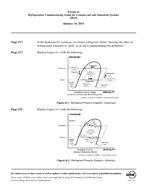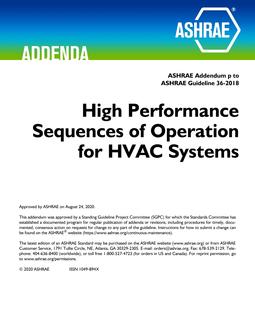In building energy renovation, the notion of payback time of the investments is often presented as the only goal. However, the potential benefits in terms of health are also valuable despite being not consciously perceived by the occupant and may need to be monitored to be assessed. Laboratory-grade devices or protocols are generally burdensome and expensive, and the growing popularity of low-cost devices may contribute to the perception of health benefits at a larger scale. This study takes part in the 6th subtask of the French research project Smart-Réno-IEQ (2019-2021) on the impacts of energy retrofits on indoor thermal and air quality of single-family houses.
This paper aims at exploring the capabilities of these low-cost sensors to evaluate PM2.5 exposure. The focus is not put on their real-time accuracy, but on their ability to be consistent with laboratory-grade systems to estimate short to long-term indoor air quality indicators as ULR-IAQ or DALY.
Measurements of eight low-cost devices, raw sensors or commercial integrated solutions, have been compared to laboratory-grade equipment, in the lab-house EUREKA (TIPEE, France). Exposure scenarios have been recreated from realistic occupant activities, such as cooking, use of electrical or gas heaters, cleaning events, walking, use of aerosols, candles or incense, smoking and handiwork.
The commercial devices have shown better consistency than most raw sensors and provided similar indicator estimations than the reference device. Accuracy of low-cost sensors is dependent on the nature of the emission source, but these devices generally show a better prediction of exposure indicators on recreated scenarios than on a particular experiment.
Citation: IAQ 2020: Indoor Environmental Quality
Product Details
- Published:
- 2020
- Number of Pages:
- 8
- File Size:
- 1 file
- Product Code(s):
- D-IAQ2020-C47
- Note:
- This product is unavailable in Belarus, Russia


